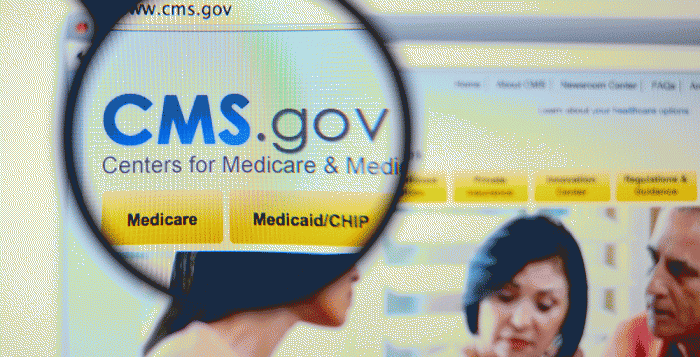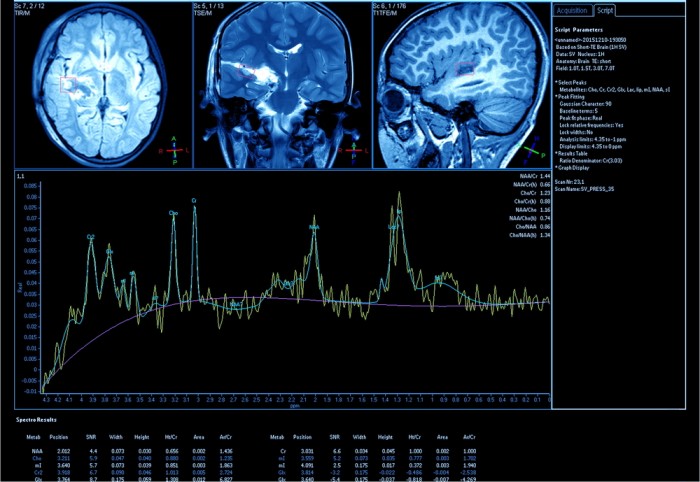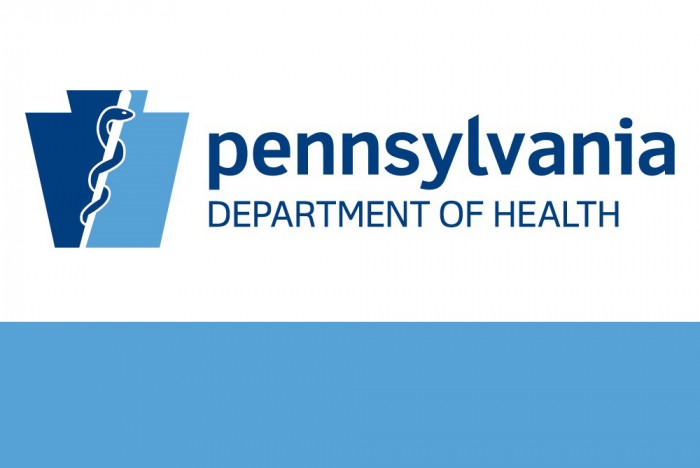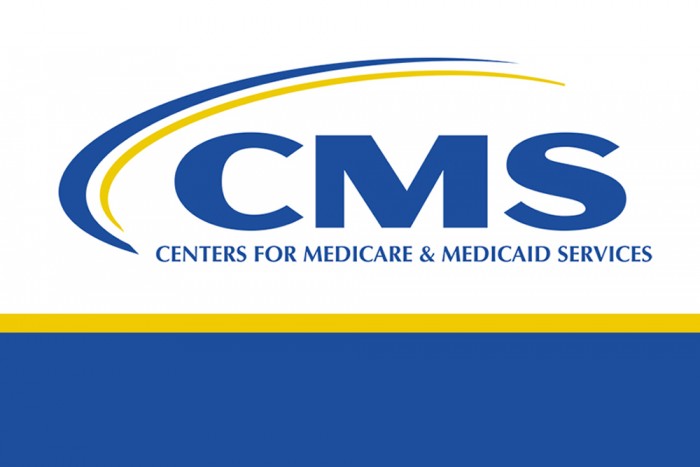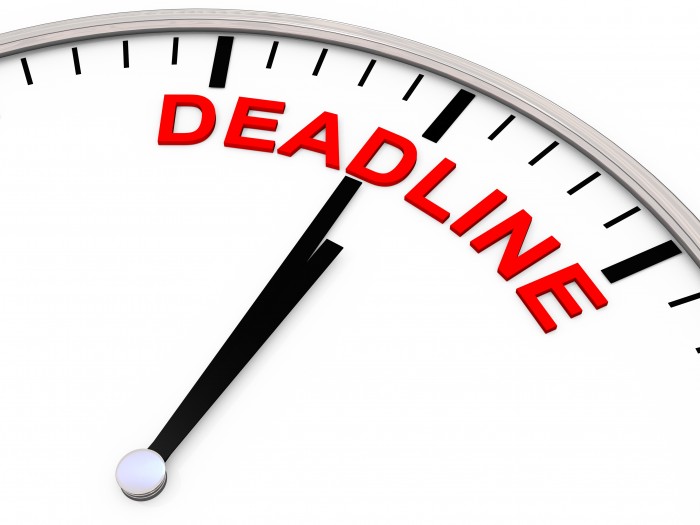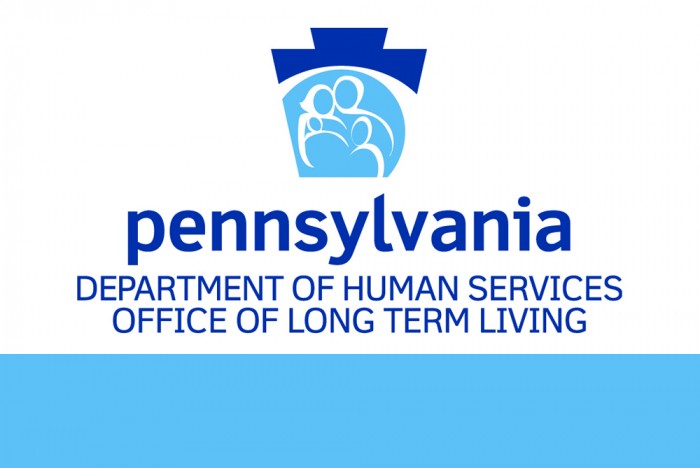This communication is to update and replace the ListServ email sent on August 4, 2020 regarding the subject: Updated- CARES Act Provider Relief Fund Payments Available for Medicaid/CHIP Providers – Application Deadline Extended to August 28, 2020. The U.S. Department of Health and Human Services (HHS) has extended the deadline to submit the application to HRSA for this funding to September 13, 2020. This information has been updated below. Please disregard the previous communication.
Updated – CARES Act Provider Relief Fund Payments Available for Medicaid/CHIP Providers
The US Department of Health and Human Services (HHS), through the Health Resources and Services Administration (HRSA), announced additional distributions from the Provider Relief Fund to eligible Medicaid and Children’s Health Insurance Program (CHIP) providers that participate in state Medicaid and CHIP programs. HHS expects to distribute approximately $15 billion to eligible providers that participate in state Medicaid and CHIP programs and have not received a payment from the Provider Relief Fund General Allocation. The original deadline to submit the application to HRSA for this funding was July 20, 2020, then it was updated to August 3, 2020 and August 28, 2020.
The deadline to submit the application to HRSA has once again been extended and is now September 13, 2020. Please read the
full announcement for further details.
Eligibility Requirements:
To be eligible to receive HHS’ Medicaid Provider Phase 2 General Distribution payments, initial key eligibility requirements for Medicaid and CHIP programs and/or Medicaid and CHIP managed care organization providers include:
- The provider must have directly billed or own (on the application date) an included subsidiary that has billed a state Medicaid/CHIP program and/or a Medicaid/CHIP managed care plan for health care-related services between January 1, 2018 and December 31, 2019;
- The provider must have either (i) filed a federal income tax return for fiscal years 2017, 2018 or 2019 or (ii) be an entity exempt from the requirement to file a federal income tax return and have no beneficial owner that is required to file a federal income tax return (e.g. a state-owned hospital or healthcare clinic);
- The provider must have provided patient care after January 31, 2020;
- The provider must not have permanently ceased providing patient care directly, or indirectly through included subsidiaries; and
- If the applicant is an individual, they must have gross receipts or sales from providing patient care reported on Form 1040, Schedule C, Line 1, excluding income reported on a W-2 as a (statutory) employee.
Providers who have received a payment under Phase 1 of the General Distribution are no longer prohibited from submitting an application under Phase 2 of the General Distribution. Providers who received a previous Phase 1 – General Distribution payment are eligible to apply and, if they have not yet received a payment that is approximately 2 percent of annual revenue from patient care, may receive additional funds.
Examples of types of Medicaid/CHIP providers that are eligible for these payments include pediatricians, obstetrician-gynecologists, dentists, opioid treatment and behavioral health providers, assisted living facilities, and other providers of home and community-based services. In order to receive Provider Relief Fund payments, eligible Medicaid/CHIP providers must take action through HRSA’s application portal and comply with the Medicaid Relief Fund Payment Terms and Conditions.
Provider Relief Fund payments will be at least two percent (2 percent) of reported gross revenue from patient care. Eligible Medicaid/CHIP providers can report their gross annual patient revenue through the Enhanced Provider Relief Fund Payment Portal and the final amount that a provider receives will be determined after such data is submitted, including information on the number of Medicaid patients served. HHS has issued a comprehensive set of instructions for submitting an application through the application portal.
Before applying through the Enhanced Provider Relief Fund Payment Portal, applicants should:
In addition, DHS encourages Medicaid/CHIP providers to carefully review the Medicaid Relief Fund Payment Terms and Conditions with their attorneys and accountants on the appropriate use of and questions about CARES Act Provider Relief Funds.
HHS has created a listing of CARES Act Provider Relief Funds Frequently Asked Questions (FAQ).
The complete press release is on the HHS website.
A PDF fact sheet explaining the application process has also been released to address questions. Please note that the fact sheet lists the outdated application submission deadline. The application submission deadline is now September 13, 2020.
More information about eligibility and the application process is also available on the HHS website.










